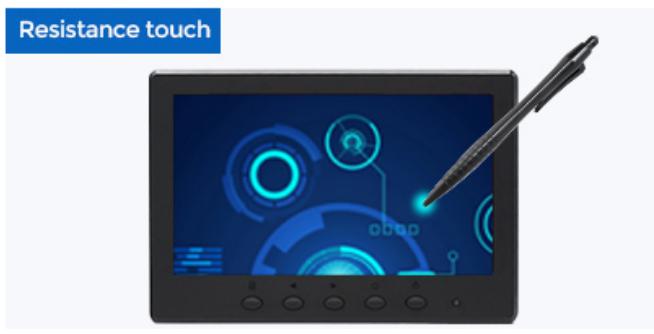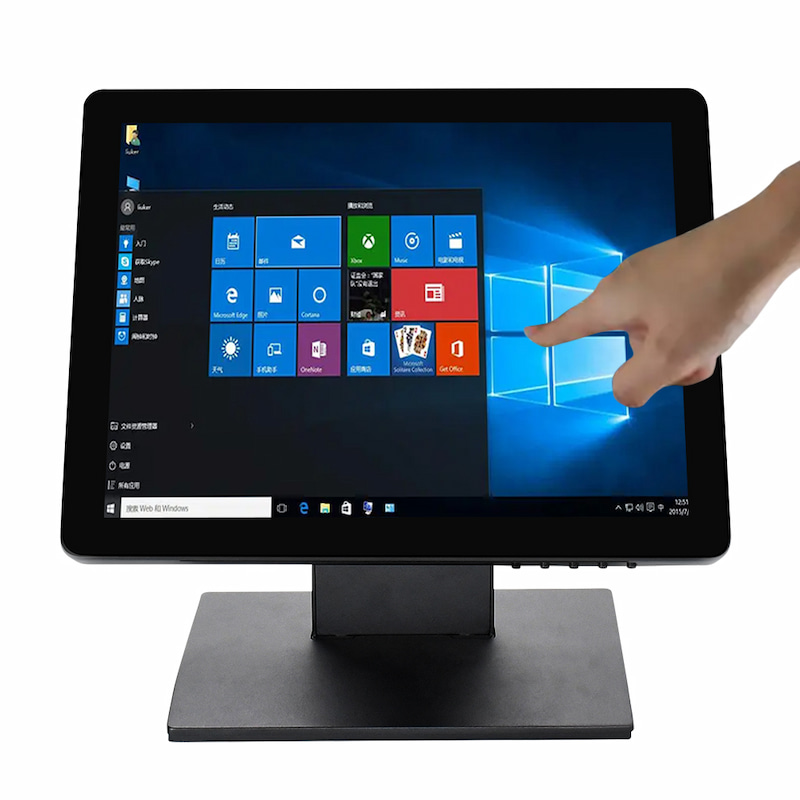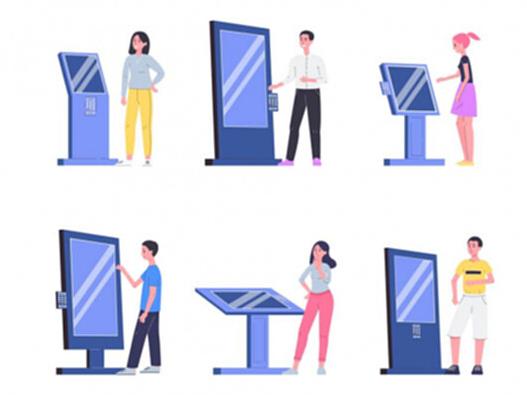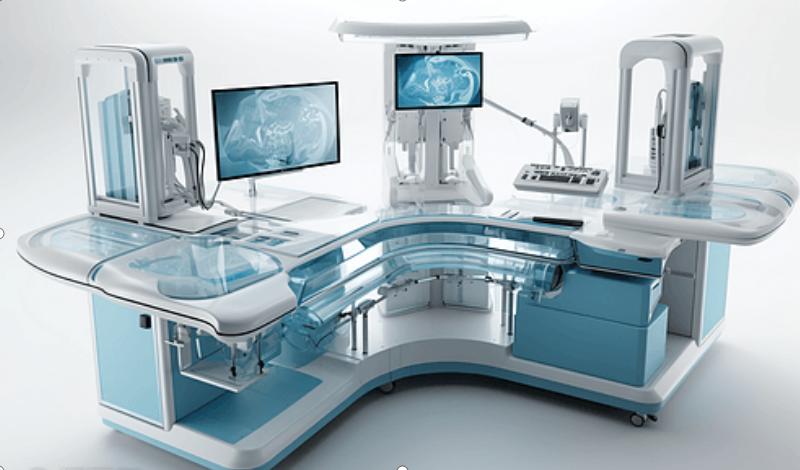In the era of modern technology, touch technology has become an integral part of our daily lives. From smartphones to tablets, from computer monitors to ATMs, touch screens have penetrated every corner of our lives. However, have you ever wondered how these touch screens work? This blog will take you to an in-depth understanding of different types of touch technologies and unveil their mysteries.
Resistive touch screens:
Resistive touch screens are one of the earliest and most widely used touch technologies. It consists of two layers of conductive film. When the user applies pressure on the screen with a finger or stylus, the resistance between the two layers of film changes, thereby detecting the touch location. Resistive touch screens are suitable for a variety of environmental conditions, but they have relatively low resolution and are highly sensitive to pressure.And normal will have 4 wires resistive touch screen and 5 wires resistive touch screen, and always will need to use the touch pen to operate. For our monitors, 7-13.3 inch monitors always are standard with Resistive touch screens.

Capacitive touch screens:
Capacitive touch screens are one of the most common touch technologies currently available. They work based on the capacitance properties of the human body. This technology covers the screen with a layer of transparent conductive material. When the user touches the screen, the body's charge changes the electric field distribution on the screen, thereby detecting the touch location. 10 points Capacitive touch screens have the advantages of high resolution, fast response speed and multi-touch, and are widely used in devices such as smartphones, tablets and car navigation systems. Based on this reason, now our 15 inch true flat capacitive touch screen monitor is very popular.

Surface acoustic wave touch screen:
Surface acoustic wave touch screens use ultrasonic sensors to generate a kind of acoustic surface wave on the screen. When the user touches the screen, the touch position will cause interference generated by the acoustic wave to determine the touch position. This touch technology has high transparency and stability, and can achieve fast touch response. Surface acoustic wave touch screens are often used in scenes such as public information kiosks, exhibition halls and game equipment.

Negative pressure touch screen:
Negative pressure touch screen is a newer touch technology that uses a conductive sealing layer and an air pressure sensor. When the user touches the screen, the negative pressure generated is detected by the sensor and converted into touch coordinates. Negative pressure touch screens are characterized by high precision and durability, and can adapt to various environments, such as industrial control systems and medical equipment.

Optical touch screen:
Optical touch screens use infrared or near-infrared sensors to detect the touch position. The screen is covered with a set of infrared transmitters and receivers. When the user touches the screen, the propagation of infrared rays is blocked and the touch position is determined. This touch technology is less affected by dust and dirt, and is suitable for use in outdoor environments and harsh conditions.
Conclusion:
Touch technology has become a bridge between people and machines, allowing us to interact with technology in a more intuitive and natural way. By understanding different types of touch technology, we can better choose the right touch screen device and enjoy a more convenient and efficient user experience.